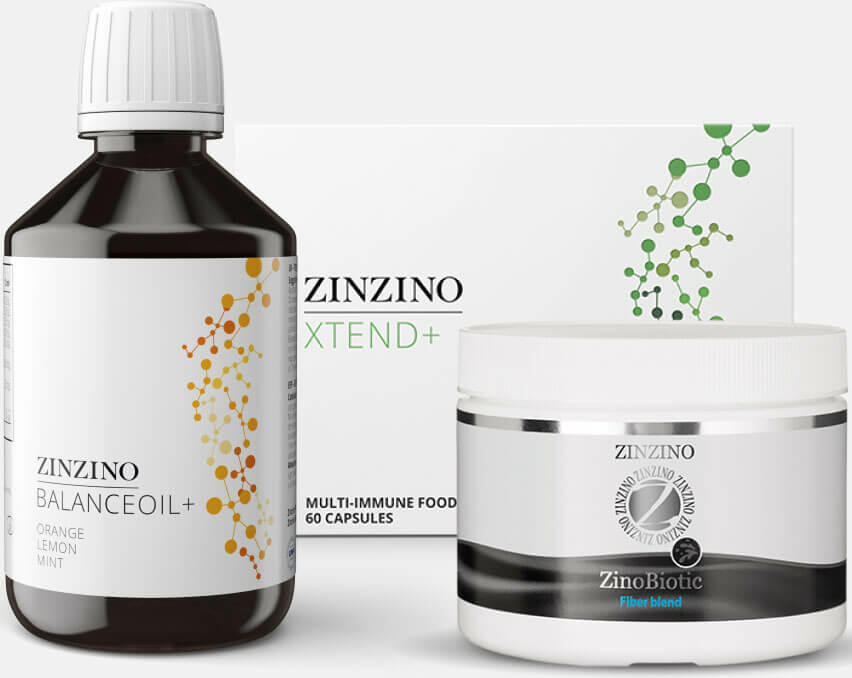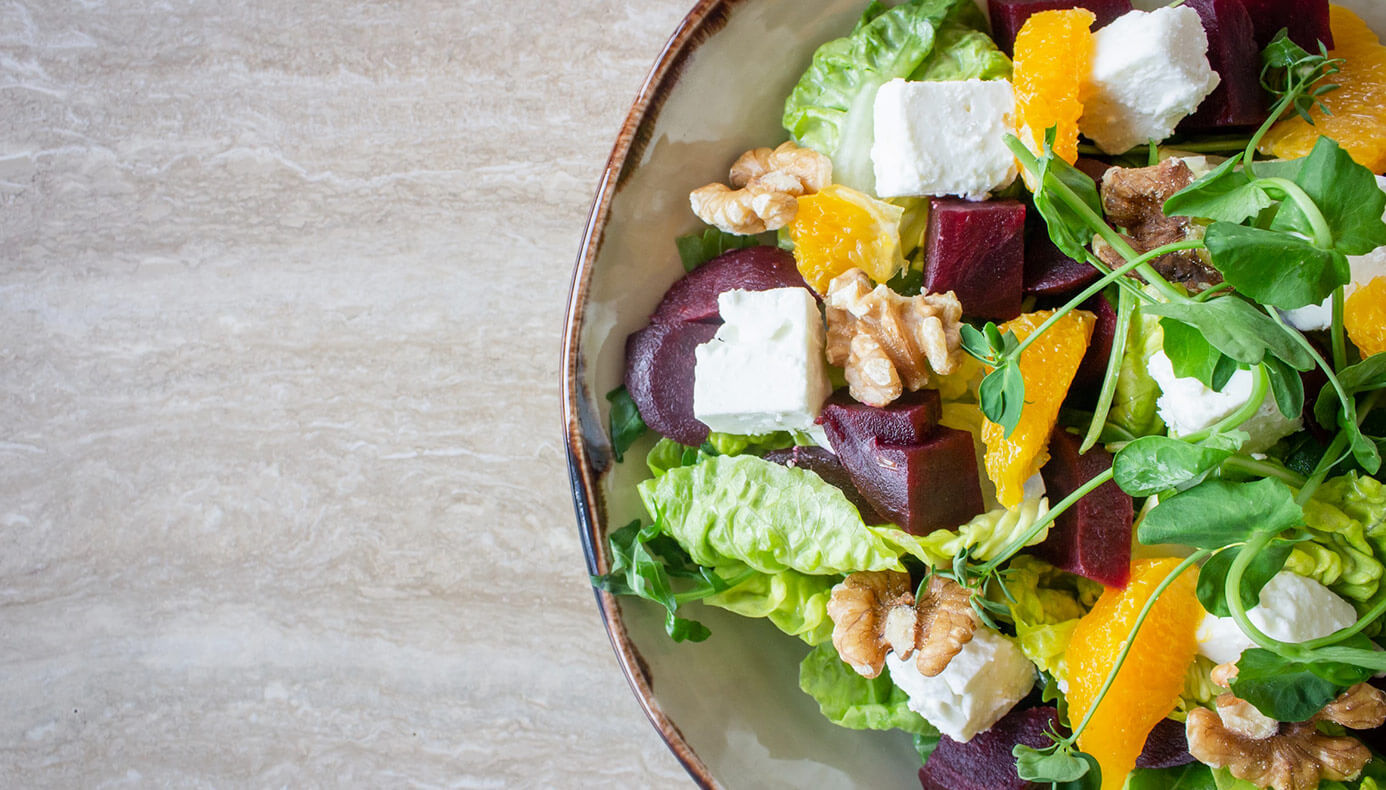Test kimliğini değiştir

Test kimliğini değiştir

Test kimliğini değiştir

Test kimliğini değiştir

Delete this test
Incorrect test ID
Are you sure you want to delete this test?
Information on personal data processing
All other data handled by us during the test procedure is kept anonymous, including the test result. You have the right to request access to your personal data and to request its deletion at any time. You may also opt-out of receiving notifications.
You can contact us here with any questions: customer.global@zinzino.com
Başlayalım!

Sonucunuz:
Size sunabileceğimiz daha fazla bilgi var…

Emin misiniz?


Hangi ülkedensiniz?

 Geri
Geri

Lütfen yaşınızı, ağırlığınızı ve boyunuzu girin
 Geri
Geri

Lütfen cinsiyetinizi seçin
 Geri
Geri

Are you currently pregnant or exclusively breastfeeding?
 Geri
Geri

What month of pregnancy are you in?
 Geri
Geri

Son zamanlarda herhangi bir Omega-3 takviyesi aldınız mı?
 Geri
Geri

Beslenme şeklinizi en iyi açıklayan seçenek hangisidir?
(Her şeyi tüketirim)
(Et yemiyorum)
(Yalnızca balık ve deniz ürünleri tüketirim)
(Hayvanlardan elde edilen hiçbir ürünü tüketmiyorum)
 Geri
Geri

Join Our Groundbreaking Test-Based Nutrition Study!
Important Information:
Screening Process: You'll begin by answering 6 brief questions to determine your suitability.
Suitability Notice: Only those who meet our specific study criteria will receive further details via email.
If Selected: You will be contacted with instructions and, as a thank you for your participation, you will receive a complimentary HbA1c test along with an additional test kit for the research and a questionnaire containing 15 more questions via post. Please follow the provided instructions carefully and return both the completed test kit and questionnaire as directed.
Confidentiality: All information you provide and any data we collect will be handled in a strictly confidential manner. Your data will be de-identified so that your test results cannot be linked to your personal information and will be used solely for research purposes.
Voluntary Withdrawal: You may withdraw from the study at any time by sending an email to research@zinzino.com.
Would you like to contribute to shaping the future of test-based nutrition?
 Geri
Geri

Thank you for your interest and for playing a vital role in advancing nutrition research!
Have you been taking Xtend or Xtend+, according to the recommended dose (at least 2 tablets per day), for at least the past 2 weeks?
 Geri
Geri

Have you been taking Zinobiotic+ according to the recommended dosage (2 scoops per day) for at least the past 2 weeks?
 Geri
Geri

How would you describe your BalanceOil+ consumption over the past 120 days?
 Geri
Geri

Over the next 30 days, do you plan to maintain the same consumption pattern for your Zinzino Health Protocol products as you reported above? (For example, if you currently do not use a product, select 'Yes' if you plan to continue not using it.)"
 Geri
Geri

Have you taken antibiotics in the past month?
 Geri
Geri

Have you taken laxatives in the past month?
 Geri
Geri

Please provide your email and address below so we can contact you and send out test-kits if you are selected for the study.
 Geri
Geri

Gizliliğinizi koruyoruz
Ne tür bir Omega-3 takviyesiydi?
 Geri
Geri

Başlayalım!

 Hayır Sonucunuzu almadan önce soruları yanıtlamak istemiyorsanız bu adımı atlayabilirsiniz.
Hayır Sonucunuzu almadan önce soruları yanıtlamak istemiyorsanız bu adımı atlayabilirsiniz.
Emin misiniz?



Hangi ülkedensiniz?
 Geri
Geri

Lütfen yaşınızı, ağırlığınızı ve boyunuzu girin
 Geri
Geri

Lütfen cinsiyetinizi seçin
 Geri
Geri

Are you currently pregnant or exclusively breastfeeding?
 Geri
Geri

What month of pregnancy are you in?
 Geri
Geri

Son zamanlarda herhangi bir Omega-3 takviyesi aldınız mı?
 Geri
Geri

Beslenme şeklinizi en iyi açıklayan seçenek hangisidir?
(Her şeyi tüketirim)
(Et yemiyorum)
(Yalnızca balık ve deniz ürünleri tüketirim)
(Hayvanlardan elde edilen hiçbir ürünü tüketmiyorum)
 Geri
Geri

Join Our Groundbreaking Test-Based Nutrition Study!
Important Information:
Screening Process: You'll begin by answering 6 brief questions to determine your suitability.
Suitability Notice: Only those who meet our specific study criteria will receive further details via email.
If Selected: You will be contacted with instructions and, as a thank you for your participation, you will receive a complimentary HbA1c test along with an additional test kit for the research and a questionnaire containing 15 more questions via post. Please follow the provided instructions carefully and return both the completed test kit and questionnaire as directed.
Confidentiality: All information you provide and any data we collect will be handled in a strictly confidential manner. Your data will be de-identified so that your test results cannot be linked to your personal information and will be used solely for research purposes.
Voluntary Withdrawal: You may withdraw from the study at any time by sending an email to research@zinzino.com.
Would you like to contribute to shaping the future of test-based nutrition?
 Geri
Geri

Thank you for your interest and for playing a vital role in advancing nutrition research!
Have you been taking Xtend or Xtend+, according to the recommended dose (at least 2 tablets per day), for at least the past 2 weeks?
 Geri
Geri

Have you been taking Zinobiotic+ according to the recommended dosage (2 scoops per day) for at least the past 2 weeks?
 Geri
Geri

How would you describe your BalanceOil+ consumption over the past 120 days?
 Geri
Geri

Over the next 30 days, do you plan to maintain the same consumption pattern for your Zinzino Health Protocol products as you reported above? (For example, if you currently do not use a product, select 'Yes' if you plan to continue not using it.)"
 Geri
Geri

Have you taken antibiotics in the past month?
 Geri
Geri

Have you taken laxatives in the past month?
 Geri
Geri

Please provide your email and address below so we can contact you and send out test-kits if you are selected for the study.
 Geri
Geri

Testiniz hazır olduğunda bildirim almak istiyor musunuz?
 Geri
Geri

Gizliliğinizi koruyoruz
Bildirimleri etkinleştir
 Geri
Geri

Ne tür bir Omega-3 takviyesiydi?
 Geri
Geri

Test sonuçlarınız henüz hazır değil.
Yanıtlarınız için teşekkür ederiz!

Çok üzgünüz!
Formunuz zaten gönderildi.
Daha fazla sorunuz varsa lütfen müşteri destek birimiyle iletişime geçin
Müşteri Destek Birimi
Gönderdiğiniz örnekte çok az kan vardı.
Kan örneğiniz zarfta yoktu
Başlayalım!

 Hayır D vitamini durumunuza dair değerlendirmeyi almadan önce soruları yanıtlamak istemiyorsanız bu adımı atlayabilirsiniz.
Hayır D vitamini durumunuza dair değerlendirmeyi almadan önce soruları yanıtlamak istemiyorsanız bu adımı atlayabilirsiniz.
Emin misiniz?


Hangi ülkedensiniz?
 Geri
Geri

Lütfen yaşınızı, ağırlığınızı ve boyunuzu girin
 Geri
Geri

Lütfen cinsiyetinizi seçin
 Geri
Geri

Son zamanlarda D vitamini içeren herhangi bir takviye aldınız mı?
 Geri
Geri

Beslenme şeklinizi en iyi açıklayan seçenek hangisidir?
(Her şeyi tüketirim)
(Et yemiyorum)
(Yalnızca balık ve deniz ürünleri tüketirim)
(Hayvanlardan elde edilen hiçbir ürünü tüketmiyorum)
 Geri
Geri

Daha önce Zinzino D Vitamini Testi uygulamış mıydınız?
 Geri
Geri

Yardımınıza ihtiyacımız var
 Geri
Geri

Testiniz hazır olduğunda bildirim almak istiyor musunuz?
 Geri
Geri

Lütfen önceki D Vitamini Testi kimliğinizi girin
 Geri
Geri

Önceki testinizden beri günlük dozunuzda herhangi bir DEĞİŞİKLİK yapıp yapmadığınızı belirtin.
D Vitamini takviyesindeki artış ve azalmayı girin
 Geri
Geri

Takviyeleri hangi sıklıkla aldınız?
ZinoShine+
gün, haftalık
Xtend/Xtend+
gün, haftalık
BalanceOil+/Vegan/AquaX
gün, haftalık
Protect+
gün, haftalık
Essent (softgels)
gün, haftalık
Another supplier
gün, haftalık
 Geri
Geri

Gizliliğinizi koruyoruz
Bildirimleri etkinleştir


 Geri
Geri

Ürün seçin
| ZinoShine+ |
0
|
kez/hafta |
| Xtend/Xtend+ |
0
|
kez/hafta |
| BalanceOil+/Vegan/AquaX |
0
|
kez/hafta |
| Protect+ |
0
|
kez/hafta |
| Essent+ (softgels) |
0
|
kez/hafta |
| Başka bir tedarikçiden - kez/hafta |
0
|
kez/hafta |
 Geri
Geri

Sonucunuz:
Size sunabileceğimiz daha fazla bilgi var…

Test sonuçlarınız henüz hazır değil.
Yanıtlarınız için teşekkür ederiz!
Başlayalım!

 Hayır D vitamini durumunuza dair değerlendirmeyi almadan önce soruları yanıtlamak istemiyorsanız bu adımı atlayabilirsiniz.
Hayır D vitamini durumunuza dair değerlendirmeyi almadan önce soruları yanıtlamak istemiyorsanız bu adımı atlayabilirsiniz.
Emin misiniz?


Hangi ülkedensiniz?
 Geri
Geri

Lütfen yaşınızı, ağırlığınızı ve boyunuzu girin
 Geri
Geri

Lütfen cinsiyetinizi seçin
 Geri
Geri

Son zamanlarda D vitamini içeren herhangi bir takviye aldınız mı?
 Geri
Geri

Beslenme şeklinizi en iyi açıklayan seçenek hangisidir?
(Her şeyi tüketirim)
(Et yemiyorum)
(Yalnızca balık ve deniz ürünleri tüketirim)
(Hayvanlardan elde edilen hiçbir ürünü tüketmiyorum)
 Geri
Geri

Daha önce Zinzino D Vitamini Testi uygulamış mıydınız?
 Geri
Geri

Yardımınıza ihtiyacımız var
 Geri
Geri

Testiniz hazır olduğunda bildirim almak istiyor musunuz?
 Geri
Geri

Lütfen önceki D Vitamini Testi kimliğinizi girin
 Geri
Geri

Önceki testinizden beri günlük dozunuzda herhangi bir DEĞİŞİKLİK yapıp yapmadığınızı belirtin.
D Vitamini takviyesindeki artış ve azalmayı girin
 Geri
Geri

Takviyeleri hangi sıklıkla aldınız?
ZinoShine+
gün, haftalık
Xtend/Xtend+
gün, haftalık
BalanceOil+/Vegan/AquaX
gün, haftalık
Protect+
gün, haftalık
Essent (softgels)
gün, haftalık
Another supplier
gün, haftalık
 Geri
Geri

Gizliliğinizi koruyoruz
Bildirimleri etkinleştir


 Geri
Geri

Ürün seçin
| ZinoShine+ |
0
|
kez/hafta |
| Xtend/Xtend+ |
0
|
kez/hafta |
| BalanceOil+/Vegan/AquaX |
0
|
kez/hafta |
| Protect+ |
0
|
kez/hafta |
| Essent+ (softgels) |
0
|
kez/hafta |
| Başka bir tedarikçiden - kez/hafta |
0
|
kez/hafta |
 Geri
Geri

Sonucunuz:
Size sunabileceğimiz daha fazla bilgi var…

Test sonuçlarınız henüz hazır değil.
Yanıtlarınız için teşekkür ederiz!
Çok üzgünüz!
Formunuz zaten gönderildi.
Daha fazla sorunuz varsa lütfen müşteri destek birimiyle iletişime geçin
Müşteri Destek Birimi
Gönderdiğiniz örnekte çok az kan vardı.
Kan örneğiniz zarfta yoktu
Başlayalım!
Your test results are available

Emin misiniz?



Hangi ülkedensiniz?
Fill in your details
Sex at birth
How many servings of fiber-rich foods (e.g., whole grains, legumes, fruits, vegetables) do you consume per day?
Are you currently taking any fiber supplements?
Tell us more about your ZinoBiotic+ consumption
How many scoops do you consume per day?
How many days per week do you consume it?
For how many months have you been consuming this product?
Tell us more about your other fiber supplement consumption
How many grams of fiber do you consume per day?
How many days per week do you consume it?
For how many months have you been consuming this product?
Have you been taking any of the following supplements regularly (at least 4 days/week) over the past 120 days?
Zinzino products
Other brands
Did you take the test after an overnight fast (at least 10 hours)?
Non-fasted results
As stated in the instructions, we recommend taking the test after an overnight fast for accurate and comparable results.
Your current results will still provide useful directional insights, but the specific cut-offs and target ranges apply only to fasted samples.
Results taken non-fasted may also be harder to compare with your next test.
We need your help
How often do you consume fermented foods (e.g., yoghurt, kefir, sauerkraut, kimchi with live cultures)?
What dietary pattern do you follow most of the time?
How often do you engage in physical activity (moderate or intense exercise)?
How many hours of sleep do you typically get per night?
How would you describe your current stress level?
Felt unable to control important things
Felt confident about handling personal problems
Felt things were going your way
Felt difficulties piling up beyond control
Have you taken a Zinzino test in the past 6 months? Fill in your code where applicable
Gut Health Test

Test ID:
Result:
Tarih:
Ülke:
Cinsiyet:
Balance Test

Test ID:
Result:
Tarih:
Ülke:
Cinsiyet:
Vitamin D test

Test ID:
Result:
Tarih:
Ülke:
Cinsiyet:
Hba1C test

Test ID:
Result:
Tarih:
Ülke:
Cinsiyet:
Have you had a common cold/flu in the past 14 days?
Have you had a diagnosed infection in the past month?
When did you finish your last antibiotic course?
Do you have any diagnosed chronic condition(s)?
Do you have any current digestive issues?
Are you currently pregnant?
Notification
Activate notification (optional)
We care about your data
Thank you for your answers!
Test sonuçlarınız henüz hazır değil.
Yanıtlarınız için teşekkür ederiz!

Test sonuçlarınız henüz hazır değil.
Yanıtlarınız için teşekkür ederiz!
Çok üzgünüz!
Formunuz zaten gönderildi.
Daha fazla sorunuz varsa lütfen müşteri destek birimiyle iletişime geçin
Müşteri Destek Birimi
Gönderdiğiniz örnekte çok az kan vardı.
Kan örneğiniz zarfta yoktu














Teşekkür ederiz! Yanıtlarınızı aldık




 Önceki
Önceki


 Önceki
Önceki


 Önceki
Önceki


 Önceki
Önceki


 Önceki
Önceki


 Önceki
Önceki


 Önceki
Önceki









 Önceki
Önceki



Tarih:
Ülke:
Cinsiyet:

 Önceki
Önceki


 Önceki
Önceki



Tarih:
Ülke:
Cinsiyet:

 Önceki
Önceki


 Önceki
Önceki


 Önceki
Önceki


 Önceki
Önceki


 Önceki
Önceki


 Önceki
Önceki


 Önceki
Önceki


 Önceki
Önceki


 Önceki
Önceki


 Önceki
Önceki


 Önceki
Önceki


 Önceki
Önceki


 Önceki
Önceki


 Önceki
Önceki


 Önceki
Önceki


 Önceki
Önceki


 Önceki
Önceki





 Önceki
Önceki












































Çok üzgünüz!
Formunuz zaten gönderildi.
Daha fazla sorunuz varsa lütfen müşteri destek birimiyle iletişime geçin
Müşteri Destek Birimi
Gönderdiğiniz örnekte çok az kan vardı.
Kan örneğiniz zarfta yoktu
According to EFSA:
1. DHA contributes to the maintenance of normal brain function
2. EPA and DHA contribute to the normal function of the heart
According to EFSA, vitamin D:
3. contributes to normal absorption/utilization of calcium and phosphorus
4. contributes to normal blood calcium levels
5. contributes to the maintenance of normal bones
6. contributes to the maintenance of normal muscle function
7. contributes to the maintenance of normal teeth
8. contributes to the normal function of the immune system
9. has a role in the process of cell division

-
BalanceTest
-
Gut Health Test
-
Vitamin D Test
-
HbA1c Test
zinzino.com
Test kimliğinizi girin
-
Detaylı Bilgi
-
Products
-
Detaylı Bilgi
-
Bağlantılar ve İndirmeler
-
Ürünler




